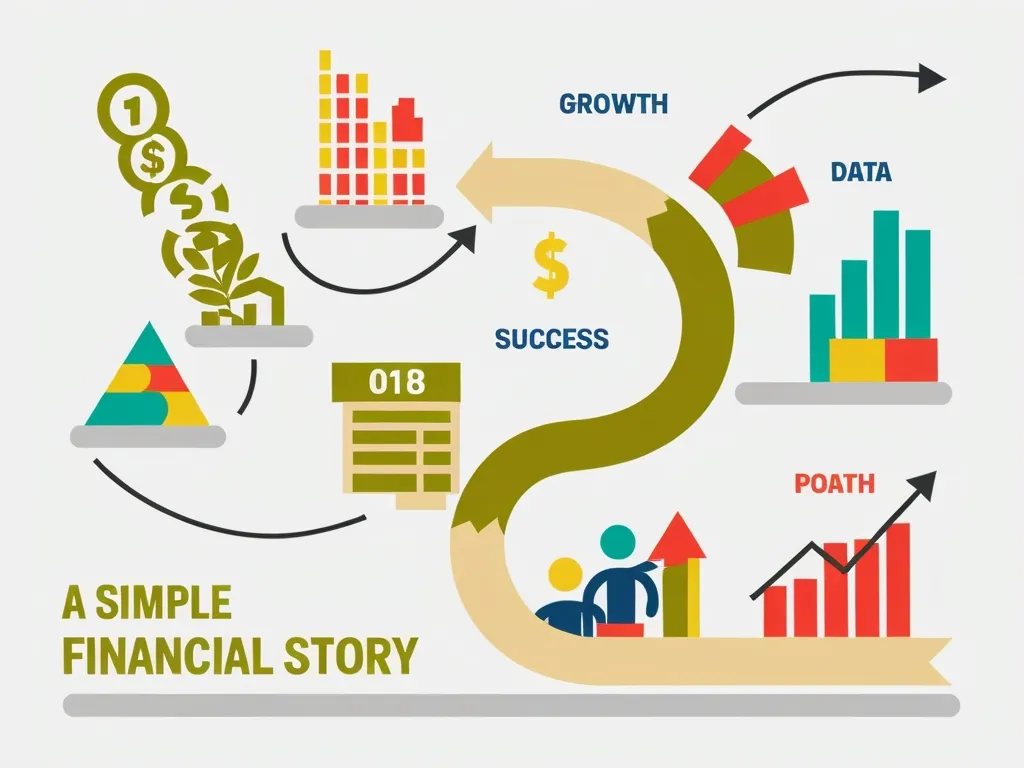Value investing is often described as the art and science of buying undervalued companies, but the core of this approach lies in something less glamorous: evaluating financial statements. Let’s face it, crunching numbers and dissecting disclosures don’t carry the romantic appeal of spotting the next big thing. Yet, understanding the nuances behind financial reporting can mean the difference between unearthing a hidden gem and stepping into a value trap.
“An investment in knowledge pays the best interest,” said Benjamin Franklin, and when it comes to value investing, the knowledge you need is buried in the balance sheets, income statements, and cash flow reports. It’s there that the true story of a company lies—if you know how to read between the lines.
Take accrual quality, for instance. It’s one of those terms that sounds arcane but is central to assessing a company’s financial transparency. Accrual accounting, while standard for most companies, opens the door to both creative flexibility and potential manipulation. A savvy investor scrutinizes accrued revenues versus cash receipts. Are revenues consistently growing on paper while cash collection lags? That’s a red flag signaling aggressive accounting or, worse, future liquidity issues. What about you—are you studying cash flow with the diligence it demands, or only focusing on income statements?
Another critical area often overlooked is footnote disclosures. These tiny-font sections at the back of annual reports can feel tedious, but they hold the narrative the main numbers might not reveal. For example, a company’s revenue recognition policy can be buried here. If you find vague or ever-changing descriptions—say, shifting timelines for recognizing sales—it might indicate a company dressing up its earnings. Ever wondered why two firms in the same industry report wildly different margins? The answer often lies in their accounting policies, detailed in these disclosures.
“Risk comes from not knowing what you’re doing,” said Warren Buffett, and nowhere is this truer than with revenue recognition. One of the oldest tricks in the book is prematurely recognizing revenue, a tactic to inflate earnings. Investors can counter this by comparing receivables growth to revenue growth. If receivables consistently outpace revenues, it could hint at overly aggressive sales practices or extended credit terms that mask poor demand. A company in this situation might appear healthy now but could be teetering on the edge of financial distress. Ask yourself: Is the growth real, or is it just a mirage created by accounting choices?
The balance sheet, often deemed boring, holds another layer of insights. High-quality firms exhibit clean, conservative accounting. Look at how they value inventory—is it overstated due to obsolete stock? Check the goodwill and intangibles line—are these ballooning out of proportion to acquisitions, signaling potential write-downs ahead? And don’t forget liabilities. Off-balance-sheet obligations, like leases not yet capitalized, can distort financial health. Do the numbers tell the truth, or do they offer just part of the picture?
“Accounting is the language of business,” Buffett once said, but what happens when companies manipulate that language? Differences between reported earnings and taxable income offer subtler clues. Consistent gaps between the two metrics could spotlight accounting strategies designed to enhance earnings. A company reporting sky-high profits but low taxable income warrants further scrutiny—how much of those profits are real, and how much are contingent on creative tax planning?
Historical context is key when analyzing financial metrics; no number exists in a vacuum. Comparing a company’s profitability ratios, debt levels, or cash flow trends against its peers and across time reveals whether it’s truly a standout or merely an average player propped up by temporary factors. Firms that deviate too much from industry norms sometimes signal real innovation but, more often, signal trouble. Are you comparing numbers blindly, or do you understand the industry benchmarks?
Then there are the nuances in accounting policy choices. For example, does a firm use straight-line depreciation or accelerate expenses upfront? The former may inflate short-term profits but hide future risks. Some firms capitalize expenses others might not, making them appear more asset-rich. These choices can meaningfully affect earnings but are often ignored in surface-level analysis. Do you notice these subtleties, or do you look at just the headline earnings per share?
Case studies of financial reporting failures highlight the stakes. Remember Enron? Aggressive off-balance-sheet financing and revenue recognition were at the heart of its collapse. On the flip side, companies like Berkshire Hathaway thrive because of their commitment to transparent and conservative accounting. Success stories and failures remind us that financial reporting isn’t merely about trust; it’s about verification.
What practical tools can investors use to spot red flags early? Look at cash flow patterns relative to earnings—consistently strong cash flows are far harder to manipulate. Add ratio analysis to your arsenal, from current ratios that test liquidity to return-on-equity measures that indicate efficiency. Layer in trend analysis: does the company improve year-over-year, or is it declining? And never forget industry comparisons. A single firm’s metrics only make sense alongside its peers.
So where does this leave us as value investors? The answer lies in diligence and skepticism. You’re not just buying a company; you’re buying its accounting choices, its risks, and its transparency. The beauty of focusing on financial statement quality is that it doesn’t just reduce downside risk—it also enhances your ability to identify truly great companies. After all, value investing isn’t about buying cheap; it’s about buying well.
“Price is what you pay. Value is what you get,” observed Buffett. By digging deeper into financial statements, you uncover value in its truest sense—not just numbers, but the integrity behind them. So, are you ready to trust the numbers you see, or will you start questioning them?






